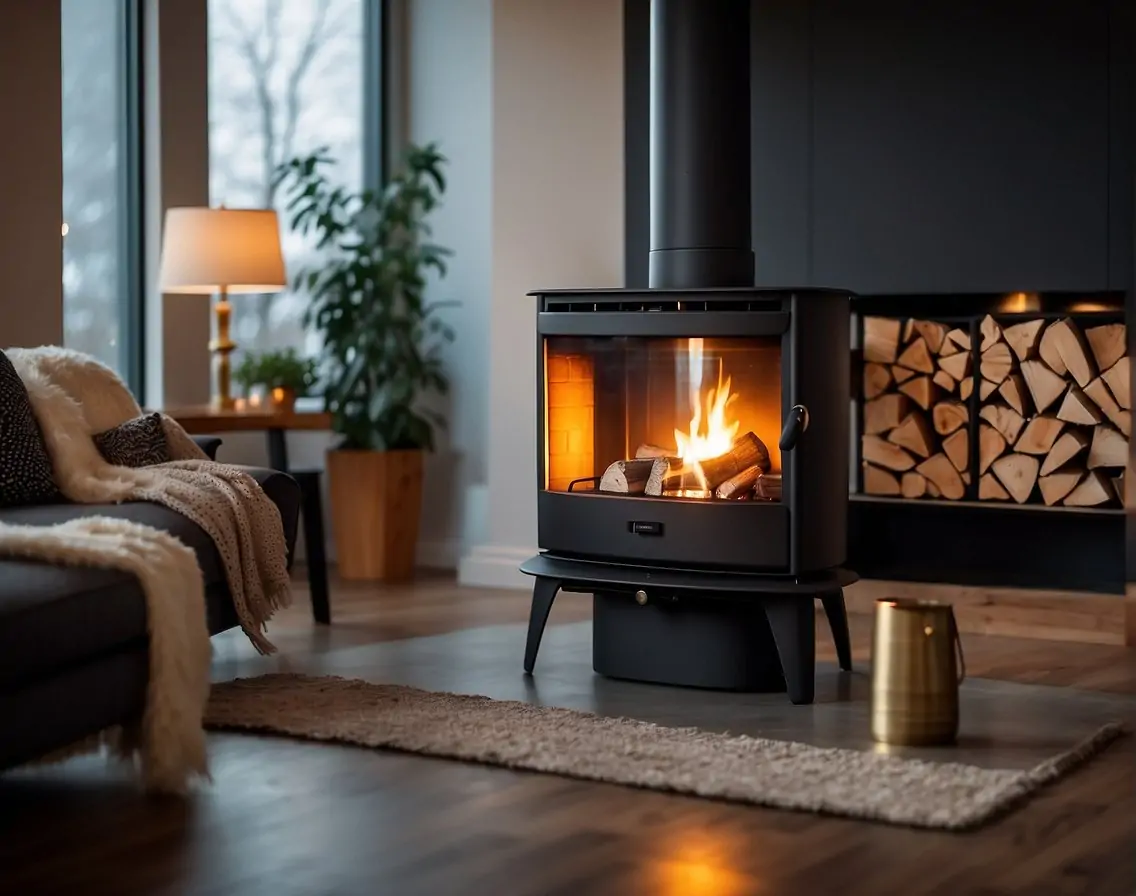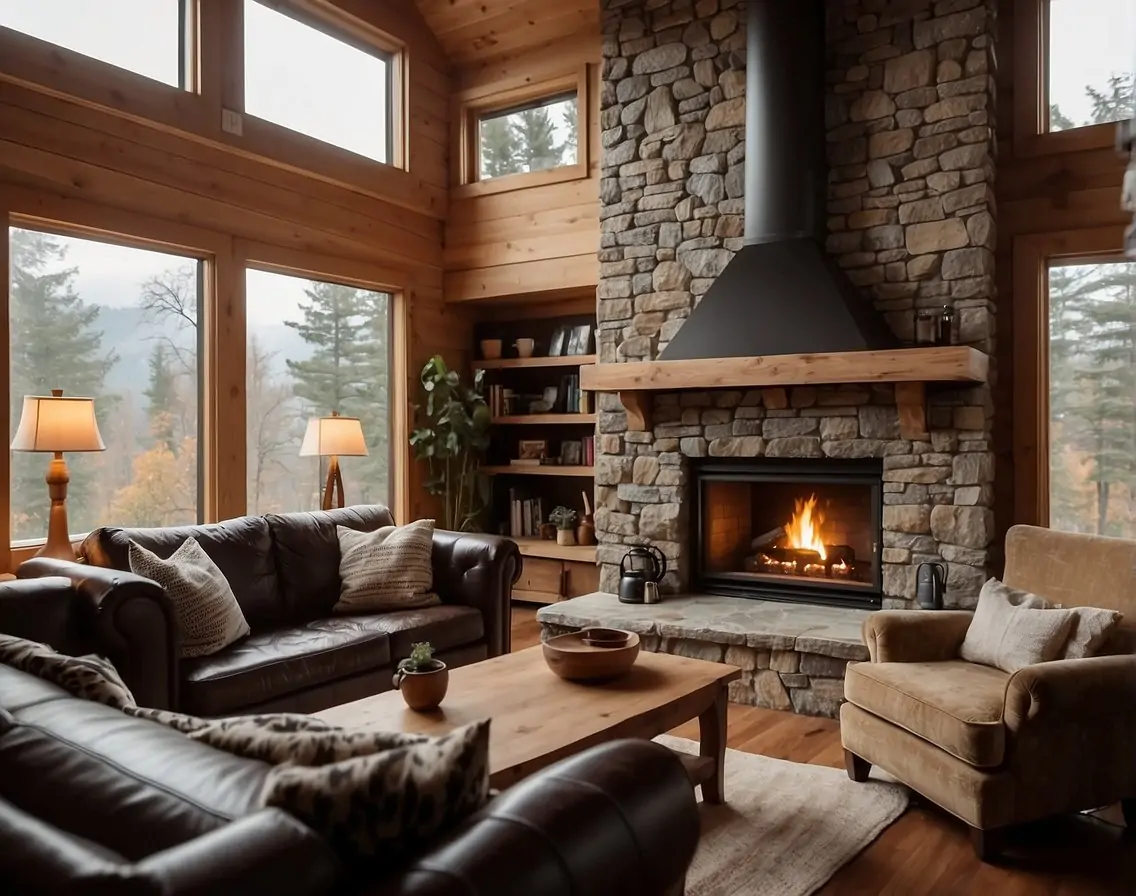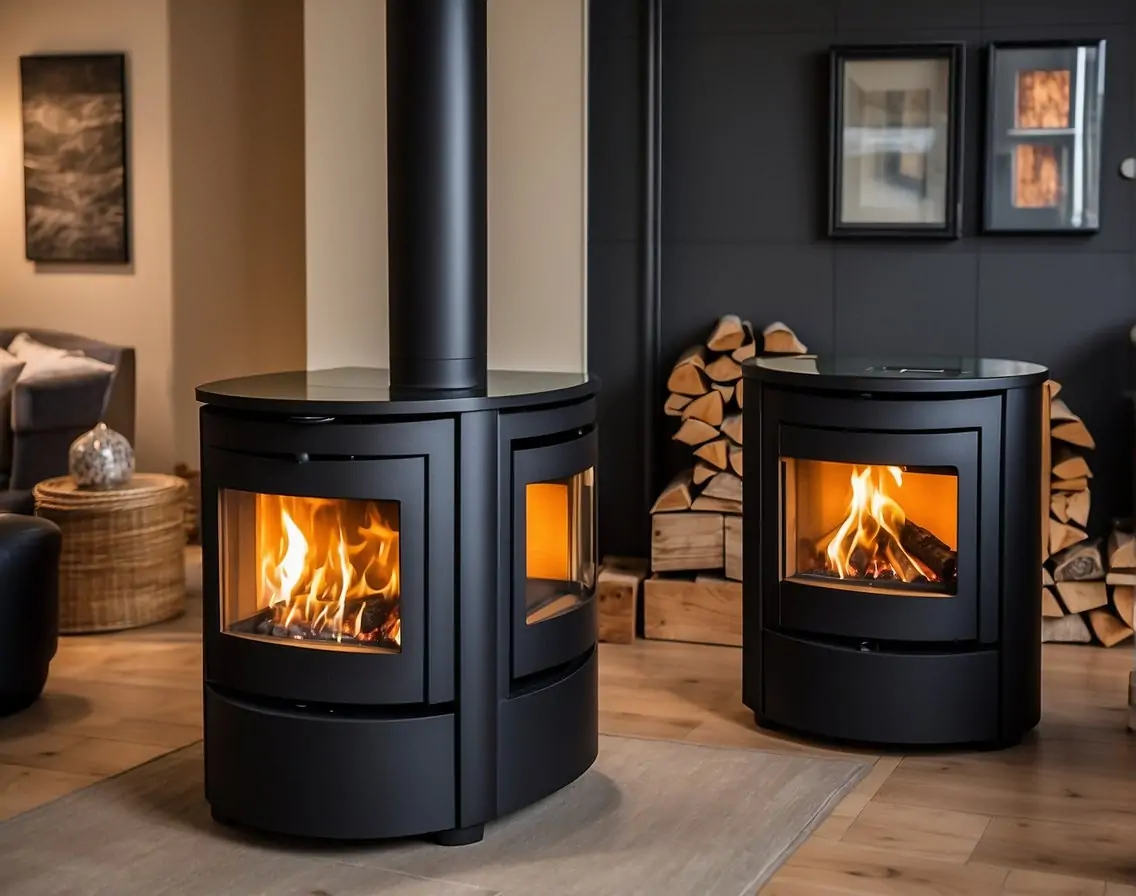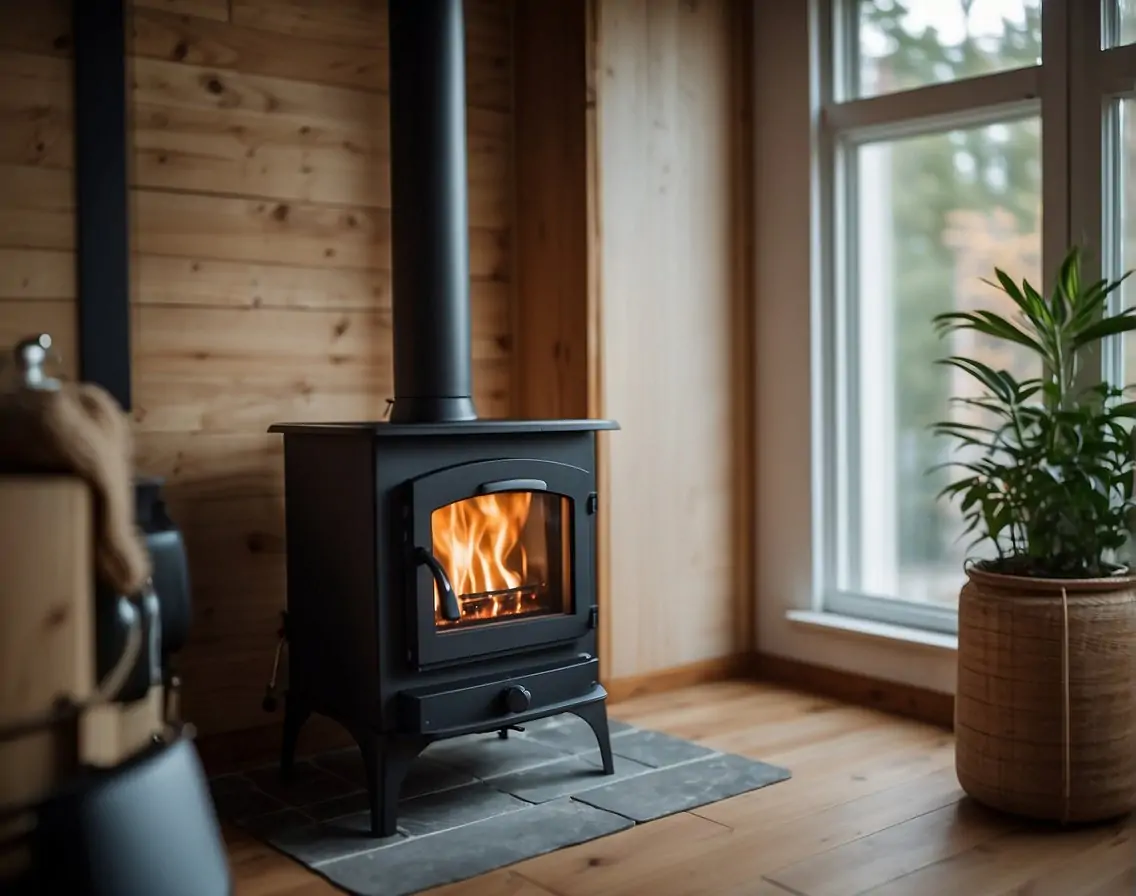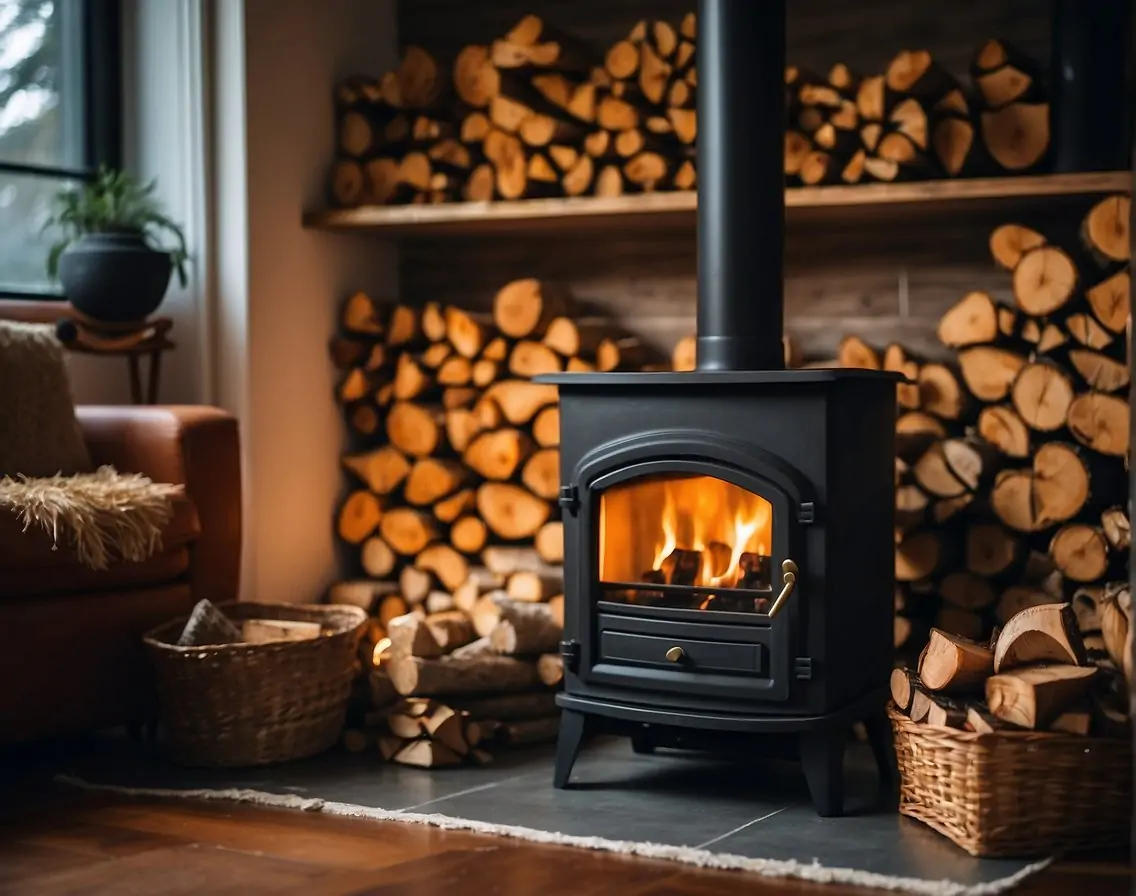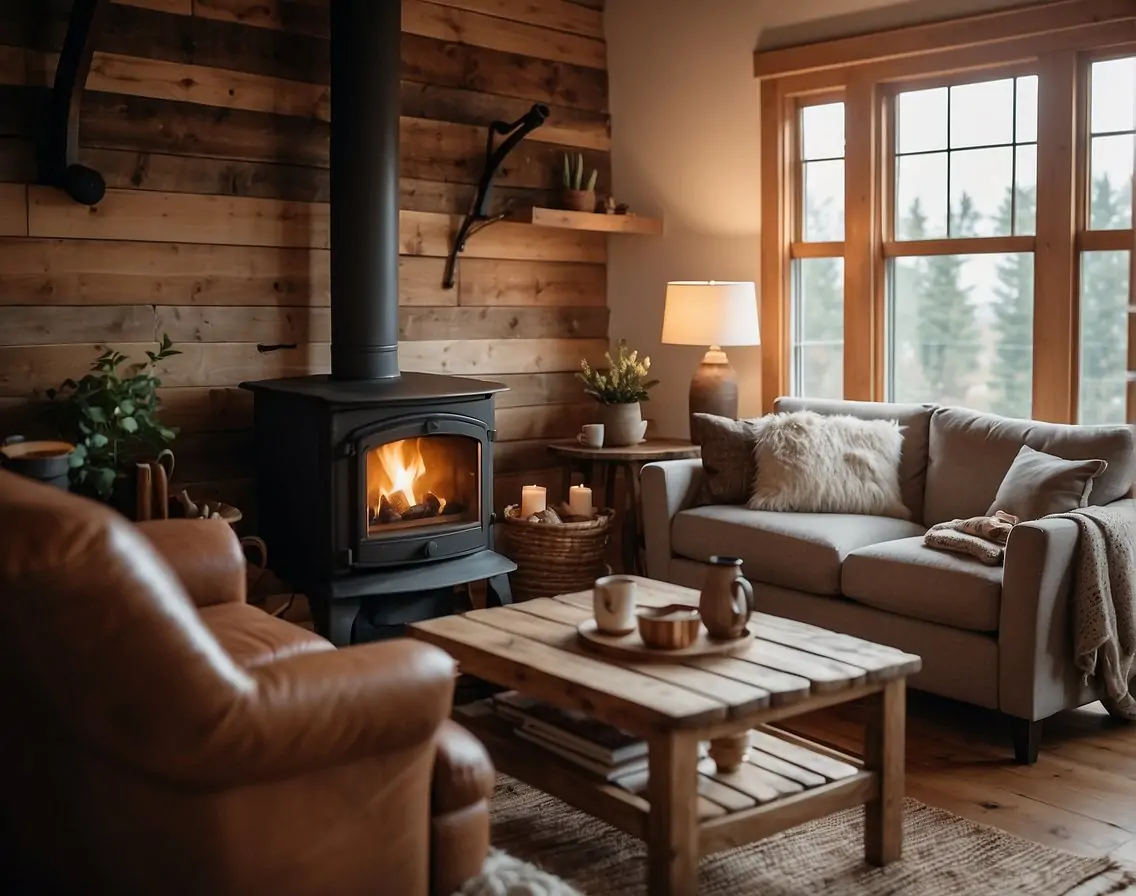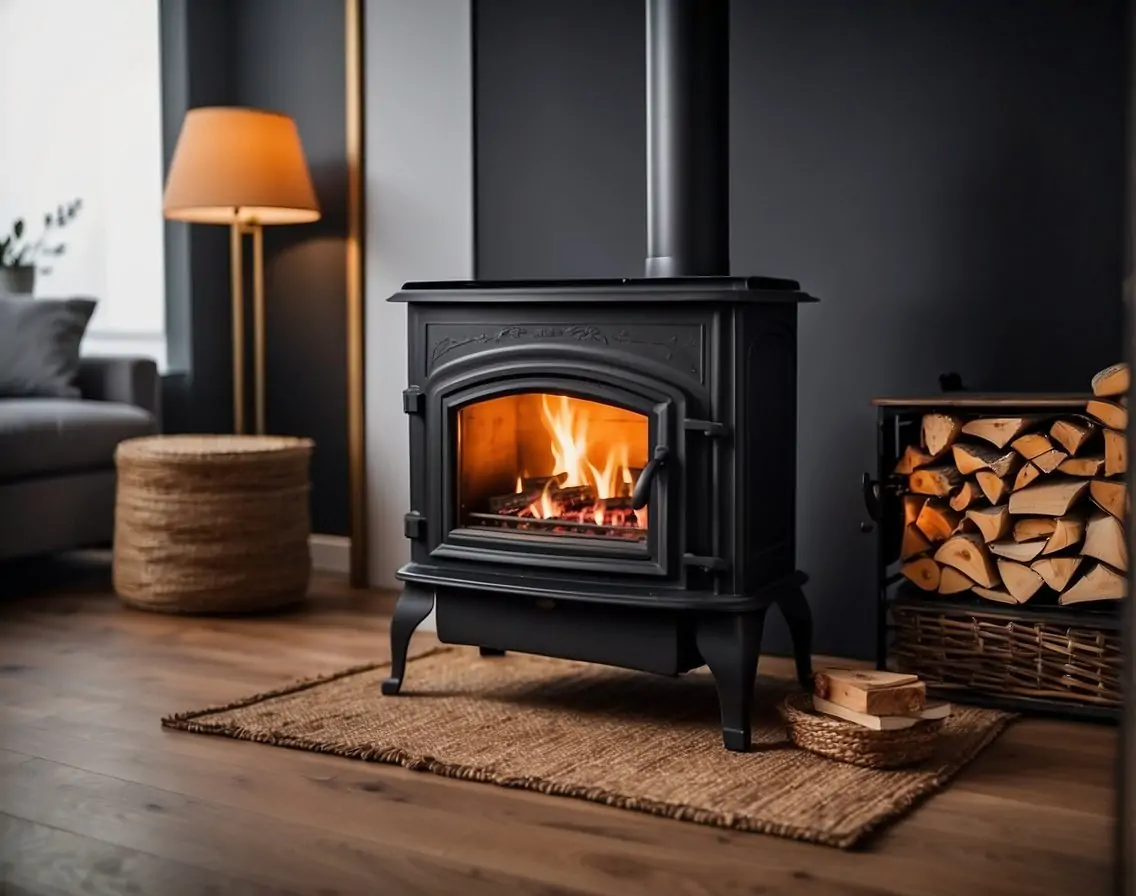Introduction
Selecting the ideal wood burning stove for a home involves considering both functional and aesthetic factors. Knowing the size of the space it needs to heat is crucial as stoves have varying capacities to warm different square footages effectively. A small wood stove can generally heat an area between 600 and 1,000 square feet, while medium and large stoves cover more expansive spaces. It is also important to consider the type of wood stove that will fit the style of the home and personal preferences, whether traditional, contemporary, or a hybrid design.
Understanding the efficiency of a wood burning stove is another key factor. Stoves that meet Environmental Protection Agency (EPA) standards not only ensure lower emissions but also offer a better combustion process which saves on fuel in the long run. Furthermore, safety cannot be overlooked. Proper installation by a professional and adherence to safety guidelines are paramount to protect against potential fires and carbon monoxide issues. Regular maintenance, including chimney cleaning and inspecting for any wear and tear, will extend the stove’s lifespan and performance.
Key Takeaways
- Evaluating the heating capacity needs and style preferences is essential.
- Opting for EPA-certified stoves ensures efficiency and environmental compliance.
- Safety and regular maintenance are critical for long-term stove performance and home protection.
Assessing Your Needs and Space
When selecting a wood burning stove, sizing it correctly is essential for efficient heating. One should consider the space’s dimensions and placement as key factors.
Determining the Right Size and Heat Output
The heat output of a wood burning stove is typically measured in BTUs (British Thermal Units) and should align with the size of the space to be heated. Stoves with inadequate power will struggle to heat a room, whereas overly powerful stoves may lead to overheating. For example:
- Small Wood Stove: Ideal for heating 600-1,000 square feet.
- Medium Wood Stove: Suitable for spaces between 800-2,000 square feet.
- Large Wood Stove: Can efficiently heat 800-3,000 square feet.
One’s choice depends on calculating the room’s heating needs by considering insulation quality and potential heat loss via windows and doors. Detailed guidance on calculating stove size is available for reference.
Considering Room Dimensions and Stove Location
Room dimensions directly affect stove placement and thus the overall heating efficiency. Here are parameters to evaluate:
- Length x Width x Height: This gives the room’s cubic footage to correlate with a stove’s heating capacity.
- Stove Location: Central locations spread heat more evenly compared to a corner placement.
The location should also accommodate necessary clearances from combustibles and have proper ventilation, for which installation standards dictate stringent requirements. Insights on choosing the right stove style should also be reviewed in context with one’s decor and preference for traditional or contemporary designs.
Exploring Wood Stove Types and Materials
When selecting a wood stove, one must consider the combustion technology and material because these factors significantly influence efficiency, heat distribution, and longevity of the stove.
Catalytic vs Non-Catalytic Stoves
Catalytic wood stoves utilize a ceramic catalytic combustor to burn off smoke and gasses at lower temperatures, which results in a longer, more even heat output. Non-catalytic wood stoves, on the other hand, rely on firebox insulation and a large baffle to produce a hot, clean burn. Non-catalytic models are simpler to use and maintain, but may not burn as long as their catalytic counterparts.
Material Choices: Steel vs Cast Iron
When discussing materials for wood stoves, steel and cast iron are the two primary choices. Steel stoves heat up and cool down quickly, offering a quick response to changes in burn rate. In contrast, cast iron stoves are prized for their classic styles and heat retention capabilities; however, they typically require a longer period to radiate heat after the fire is established.
Stove Designs: Modern vs Traditional
The design of a wood stove heavily influences its suitability for your space. Modern stoves often offer clean lines and large glass doors for fire viewing, focusing on efficiency and blending with contemporary decor. Meanwhile, traditional stoves, like the iconic potbelly stoves, evoke a classic look and can be a focal point of any room. Design choices usually extend beyond aesthetics, as different styles can impact the stove’s heat distribution and operation.
Installation and Safety Considerations
Choosing the perfect wood burning stove involves understanding key safety standards and installation procedures to ensure safe and efficient operation.
Professional Installation and Location Safety
It is imperative to have one’s wood burning stove installed by a certified professional installer. This ensures that the stove is placed in a safe location and the installation meets fire safety standards. For instance, the location should be compliant with required clearances from combustible materials. Guidance on installation can be found from comprehensive resources like The Spruce’s wood stove installation guide.
Understanding Chimney and Ventilation Requirements
Proper chimney design and adequate ventilation are crucial for the safe and efficient operation of wood burning stoves. It is important that the chimney is correctly sized and securely installed to prevent hazardous situations such as carbon monoxide buildup. Regular maintenance, including cleaning and inspecting the chimney and ventilation system, can significantly increase the safety of wood burning stoves, which is pointed out in the step-by-step guide to wood burning stove installation.
Compliance with EPA and Local Regulations
Adherence to EPA and local regulations is required for wood burning stove installations. Using EPA-certified stoves helps reduce emissions and increase efficiency, supporting environmental standards. It’s important to review and comply with the local codes and guidelines that regulate the installation and operation of stoves, as highlighted in resources like Direct Stoves’ wood-burning stove installation guide.
Efficiency and Maintenance
When selecting a wood burning stove, efficiency and maintenance are critical factors to consider. Ensuring that you optimize heating efficiency reduces fuel consumption, while regular maintenance and cleaning are central to the stove’s performance and longevity. Moreover, adhering to emission standards can significantly lessen environmental impact.
Maximizing Heating Efficiency
To maximize heating efficiency, one should consider stoves with advanced combustion technologies, which are designed to burn wood more thoroughly and extract the maximum amount of heat. For instance, EPA-certified stoves are engineered to offer better fuel efficiency with less waste. Such stoves maintain high temperatures for complete combustion, leading to more heat for your home and reduced fuel costs.
Regular Maintenance and Cleaning
For maintaining peak performance, regular maintenance, including chimney cleaning, is essential. It’s advised to inspect and clean the stove and chimney at least annually to prevent soot and creosote buildup, which can impede airflow and heat transfer. Adequate maintenance ensures the safety of the home by reducing the risk of chimney fires.
Emission Standards and Environmental Impact
EPA regulations require wood stoves to produce a limited amount of particulate emissions, measured in grams per hour (g/h). Stoves meeting modern emission standards not only contribute to cleaner air but also are generally more efficient. By choosing a stove with a low g/h rating, one can positively influence the environmental impact of their heating choice, reducing smog-forming pollutants.
Additional Features and Considerations
When choosing the perfect wood burning stove, it’s not just about how well it heats your space. Consideration of aesthetics and additional functionalities can greatly enhance your experience with the stove.
Aesthetics and Ambiance
Glass Door: A stove with a glass door offers a view of the flickering flames, contributing significantly to the ambiance and aesthetic appeal.
- Ambiance: The warm glow from the fire becomes a natural focal point in the room, inviting a cozy atmosphere especially during colder months.
- Aesthetics: The design of the stove itself can complement the existing decor, ranging from traditional to modern appliances.
Functionalities Beyond Heating
Cooking: Some stoves come equipped with a flat surface on top for cooking or boiling water, adding a practical facet to its functionality.
- Firewood and Baffle: Wood stoves designed with an efficient baffle system can lead to more effective heating and better fuel economy, requiring less firewood.
- Insulation: Models with proper insulation can retain heat longer, making them more efficient at heating your space.
- Ash Pan: An ash pan makes it easier to clean out ash and maintain the stove, which is a convenience feature to consider.
- Handles: Safe and sturdy handles are essential for ease of use and safety, especially when operating the stove when it’s hot.
Choosing the right wood burning stove involves assessing both its functionalities beyond heating and its contribution to the room’s ambiance and aesthetics.
Frequently Asked Questions
When choosing the perfect wood burning stove, one must consider efficiency, size, and safety regulations to ensure a suitable fit for their space and needs.
What factors should be considered when selecting a wood burning stove for your home?
Selecting a wood burning stove requires considering several factors, such as EPA certification, the stove’s heating capacity, material quality, design suitability for your space, and overall stove efficiency.
How do you determine the appropriate size of a wood burning stove needed for your space?
The size of a wood burning stove needed depends on the square footage of the space to be heated. Stove size ranges from small units heating 600-1,000 sq. ft. to larger ones up to 3,000 sq. ft., with considerations for room insulation and ceiling height also impacting the required stove size.
What differentiates the best wood burning stoves from the rest?
The best wood burning stoves stand out with high efficiency, low emissions, durable materials, and advanced features such as airwash systems and secondary combustion. They meet or exceed EPA standards for emissions, ensuring a clean and efficient burn.
What are the advantages of an EPA certified wood burning stove?
An EPA certified wood burning stove offers improved burn efficiency and lower emissions when compared to non-certified stoves. This not only results in cleaner air but also more effective heating and reduced fuel consumption.
How does stove efficiency impact wood burning stove selection?
Stove efficiency impacts fuel usage and heat output. Highly efficient stoves convert a greater percentage of wood into usable heat, leading to less wood consumption and fewer emissions. It is an essential aspect when selecting a wood burning stove for long-term cost savings and environmental responsibility.
What should you know about indoor wood burning stove installation and safety?
Proper installation is key for safety and efficiency. A wood burning stove should ideally be placed on the first floor to take advantage of natural heat distribution, and must adhere to local building codes regarding clearance from combustible materials. Regular maintenance is vital for safe operation, and the installation should always be performed by professionals. For comprehensive guidance, see How to Install a Wood Burning Stove.

